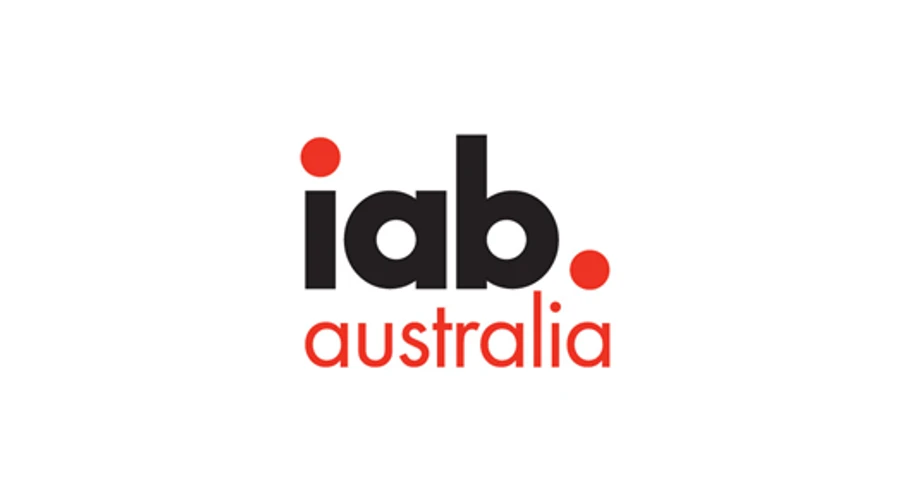More experience is needed to supercharge the usage of programmatic digital out of home (DOOH) according to new research released by IAB Australia.
The Attitudes to DOOH Advertising report, which seeks to understand the state of play for all DOOH media trading in Australia, found that 82% of agency respondents used DOOH as a significant or regularly considered part of their advertising activity in 2024 (up from 69% in 2022).
By contrast, 52% used programmatic DOOH as a significant or regularly considered part of their advertising activity, up slightly from 48% in 2022.
The satisfaction for those who have invested in programmatic DOOH is high; the percentage of agencies indicating that programmatic DOOH is a significant part of their activity has jumped from 9% to 15%.
However, IAB said more education is needed to grow the sector.
Gai Le Roy, CEO of IAB Australia, said: “Although understanding of programmatic digital out-of-home advertising has improved since the last survey, there continues to be a need for market education and case studies to assist programmatic digital out-of-home advertising from being a larger proportion of advertising volume.
“With agencies showing increasing interest in programmatic DOOH to leverage the benefits of data and targeting and drive brand awareness campaigns, education for both agency planners and media owner sales teams will be key.”
The research also found that data and targeting remains the #1 driver for buying programmatic DOOH, with nearly all respondents saying it’s a factor, and a major factor for 77% of respondents. Flexible buying is also a key driver for programmatic DOOH. All key drivers have increased over the last two years.
82% of agencies have used programmatic DOOH advertising to increase brand awareness over the last year, while 55% also use it to increase purchase or action intent.
The ‘Attitudes to Digital Out-of-Home Advertising Industry Survey’ was carried out in March 2024, collecting responses from 286 advertising professionals from ad agencies or brands with influence on advertising decision-making and involvement with out-of-home advertising.



